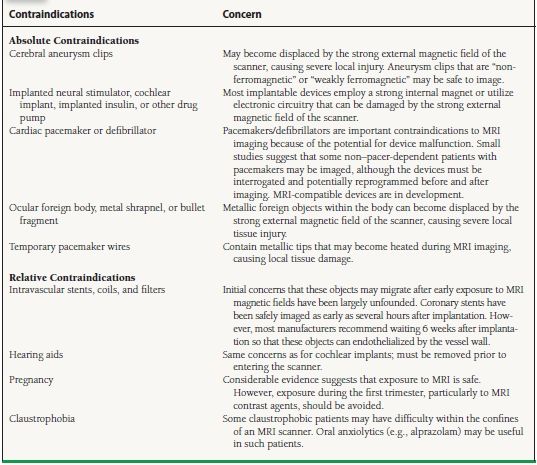
The facial nerve exits the internal auditory canal at the meatal foramen and continues towards the geniculate ganglion as the labyrinthine segment. The facial nerve is found most often in the anterosuperior quadrant of the internal auditory canal. The PAN innervates the ampulla of the posterior semicircular canal and joins the saccular nerve within the internal auditory canal to form the inferior vestibular nerve. It carries the posterior ampullary nerves (PAN) and enters the internal auditory canal in the posteroinferior aspect near the fundus.


The singular canal is a significant landmark during surgery of the internal auditory canal and labyrinth.
INTERNAL AUDITORY CANAL MRI CPT CODE FULL
Interestingly, the vestibular ganglion is one of the first ganglions to reach full mature size, as early as the first week of postnatal life. The afferent projections from both the superior and inferior vestibular nerves join in the IAC at the vestibular ganglion, often called the Scarpa ganglion. The inferior portion innervates the remaining vestibular structures- the posterior semicircular canal and the saccule. The superior portion of the vestibular nerve innervates three structures- the superior and lateral semicircular canals, and the utricle. The vestibular portion is further segmented into the superior and inferior portions at the fundus. In the lateral segment of the internal auditory canal, about 3 to -4mm from the fundus, the cochlear and vestibular nerves join to form one common nerve. The vestibulocochlear nerve runs most often posteriorly to the facial nerve in the internal auditory canal.
INTERNAL AUDITORY CANAL MRI CPT CODE SERIES
The posterior portion of the fundus is filled with a macula crista, which is a series of very small openings that the vestibular nerves pass to reach the superior and inferior semicircular canals. These two spines form three distinct osseous structures through which the facial and vestibulocochlear nerve branches can be found in a consistent pattern, represented by figure 1. The superior half is further divided into anterior and inferior segments by Bill’s bar, a vertical crest of bone named after otologist Dr. It is divided into superior and inferior segments by the transverse crest (also called the falciform crest). The fundus separates the internal auditory canal from the cochlea and vestibule which are located in close proximity.

The canal narrows as it moves towards the fundus, a thin cribriform plate of bone that marks the lateral boundary of the canal. The rounded and smooth canal is on average 8.5mm (5.5 to 10.mm) in length and about 4mm in diameter. It is lined by dura and filled with spinal fluid. The canal runs through the petrous segment of the temporal bone, which is located between the inner ear and posterior cranial fossa. The internal auditory canal begins in the temporal bone within the cranial cavity at an oval-shaped opening called the porus acusticus internus.


 0 kommentar(er)
0 kommentar(er)
